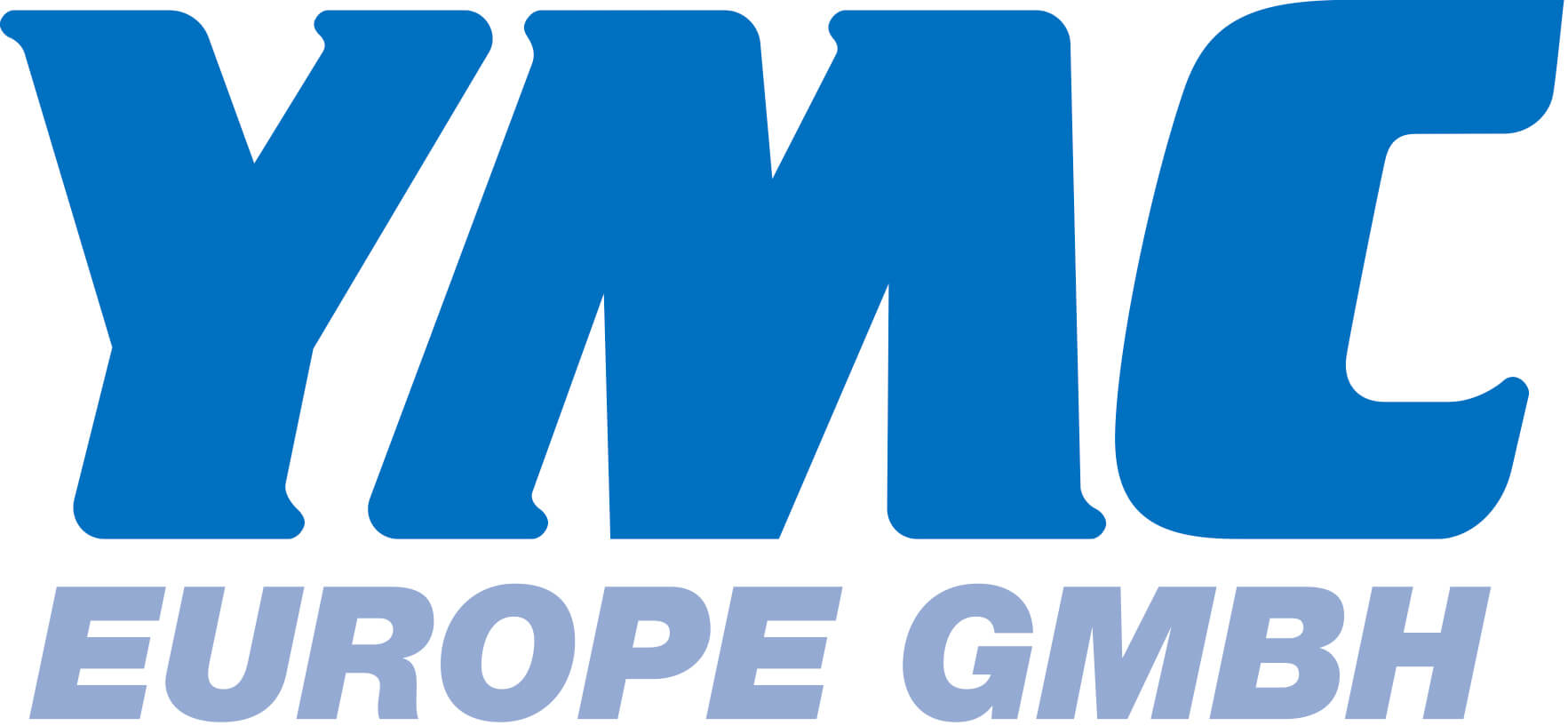Introduction
Researchers from Prof. Guido Verbeck’s group at the University of North Texas (UNT) carried out analysis of drugs of abuse (DOA) and explosives using an ion trap GC-MS to compare results when using helium and hydrogen carrier and buffer gas. As well as comparing the two gases, the group also assessed a number of ion volumes with different orifice diameters to look at their effect on sensitivity with either gas.

With hydrogen increasingly being used as an alternative to helium for a number of GC analyses, this study will be of particular interest to forensic scientists analysing DOA and energetic materials by GC-MS. The paper, published in the journal Science & Justice can be downloaded from:
http://dx.doi.org/10.1016/j.scijus.2015.01.003
Materials & Methods
A 1mg/mL in methanol standard mixture of drugs (cocaine, phenolbarbitol, codeine, oxycodone and diazepam) was purchased and explosive compounds (Pentaerythritoltetranitrate-(PETN), Triacetonetriperoxide-(TATP), ethylene glycol dinitrite-(EGDN), cyclotrimethylenetrinitramine (RDX), trinitrotoluene-(TNT), dinitrotoluene- (DNT), Methyl ethyl ketone peroxide-(MEKP) and hexamethylenetriperoxidediamine-(HMTD)) synthesised in the lab. Analysis was conducted using a Thermo Focus GC with a Polaris-Q MS fitted with a 1 cm quadrupole ion trap, allowing replacement of the ion volumes without breaking vacuum. Helium was supplied via a helium tank and hydrogen supplied by a Peak Scientific Precision Hydrogen Trace 500cc generator. Ion volumes with exit orifice diameters of 1,2,4,6,8 & 10mm were machined for use in the Polaris-Q MS.





